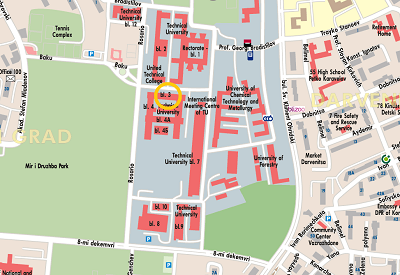Work Packages
The work planned for completing the project’s main goal is organized in four key groups of tasks (work packages) as follows:
Work package 1. Research and development of methods and algorithms for description, storage, mapping and identification of implicit features of virtual objects.
This package includes research, analysis, classification, description and mapping of implicit features of virtual objects. It contains the following tasks:
1.1. Research and analysis of existing approaches for describing and representing features of virtual objects.
1.2. Creation of a classification of implicit features of virtual objects.
1.3. Development and research of methods and algorithms for description, storage, identification and modification of implicit features of virtual objects.
1.4. Development and research of methods and algorithms for mapping the data structure describing the implicit features to the data structure representing the virtual world.
The acquired during the execution of this work package results shall be a basis for the successful realization of work packages 2 and 3.
Work package 2. Research and development of methods and algorithms for multi-modal immersive representation of implicit features of objects in virtual environments
This work package covers the tasks for research of principles and techniques for representing features of virtual object (in particular implicit features) in the virtual environments, as follows:
2.1. Research and analysis of existing principles, interfaces and sensory channels for immersive representation of features of virtual objects.
2.2. Creation of methods and algorithms for immersive representation of implicit features of virtual objects through an appropriate single or combined stimulation of multiple sensory channels.
2.3. Development of methods and algorithms for representation of implicit features of virtual objects and their direct modification in the virtual environment.
Work package 3. Research of the possibilities for improved interaction with enhanced virtual objects in virtual environment and the methods their direct modification.
In this work package experiments will be conducted to determine the applicability of different methods and techniques for improved interaction with enhanced with implicit features virtual objects, including their modification directly in the virtual world. The work package contains the following tasks:
3.1. Use of different substitute sensory stimuli and their combination for enhancing the informational content transmitted by the virtual objects.
3.2. Experimental study of the possibilities for integration of methods for modification and representation of implicit features of virtual objects in a virtual reality environment.
The developed methods and algorithms in work package 3 will be validated and verified in work package 4.
Work package 4. Design and development of a testbed for validation and verification.
In this work package the design and implementation of a testbed is planned to validate and verify the developed in work packages 1-3 methods and algorithms through selected case studies in the fields of engineering and medical science. The creation of the testbed will be based on the methodology of the European Commission FIRE Program. The following tasks have been formulated:
4.1. Definition of criteria and methodology for testing. Development of test cases for validation and verification of the algorithms.
4.2. Design and development of a testbed to validate and verify the developed methods and algorithms.
4.3. Using the developed testbed to conduct experimental studies of specific real world examples in the fields of engineering and medical science.
4.4. Analysis of the results obtained from the experiments and refinement of the developed algorithms to optimize their functionality.
The tasks related to the project management as well as the dissemination and exploitation of the acquired results are described in separate chapters.


